

Matt Campbell
2026 Hyundai Tucson Hybrid review
4 Hours Ago
Sedans are dead? Not if you ask Hyundai. The i30 Sedan N is a fast, fun take on the fading small sedan segment.
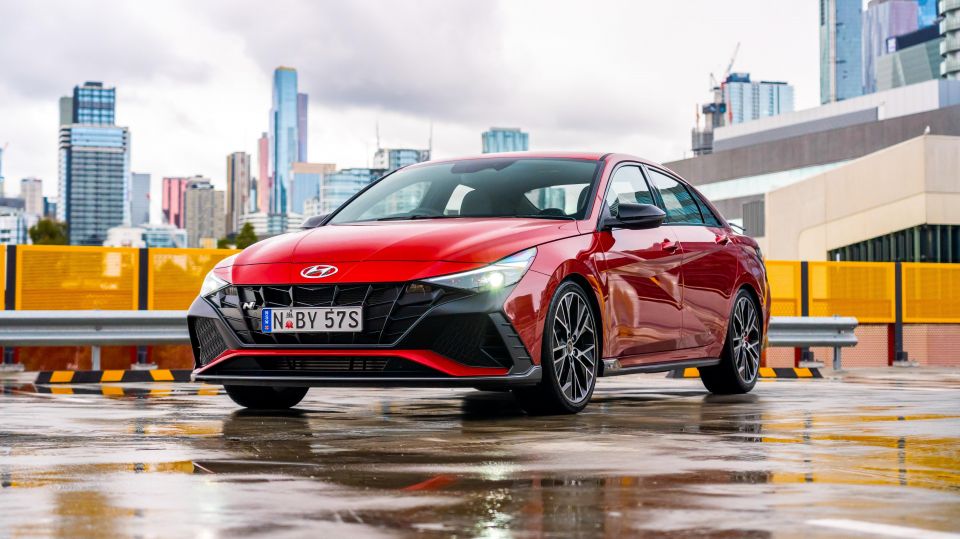


Quickly see how this car stacks up against its competition. Select any benchmark to see more details.
Where expert car reviews meet expert car buying – CarExpert gives you trusted advice, personalised service and real savings on your next new car.
The burgeoning Hyundai N range has exploded from one to four models.
Along with the new i20 N and updated i30 N hatches, and the new Kona N SUV, last year saw the reveal of the Hyundai i30 Sedan N.
Known as the Elantra overseas, the new i30 Sedan is the most serious, focused product to roll forth from the N workshops in Namyang and at the Nurburgring yet.
Built on a more advanced platform than the i20, i30 and Kona, the i30 Sedan has a longer wheelbase, more advanced axles and wheel hubs, and is both stiffer and lighter than any of its siblings.

From the ground up it’s been designed as a more capable base for the N team, which is a tantalising thought.
It doesn’t stray too far from the formula laid down by its hatchback and SUV siblings, though.
Power comes from a 2.0-litre turbocharged engine, and keen drivers are able to configure how the dampers, engine, exhaust, and transmission behave based on their mood.
Although it’s a more serious corner-carver than those who’ve gone before it, it’s also still capable of taking on the daily commute without causing too many headaches. At least, that’s what Hyundai says…
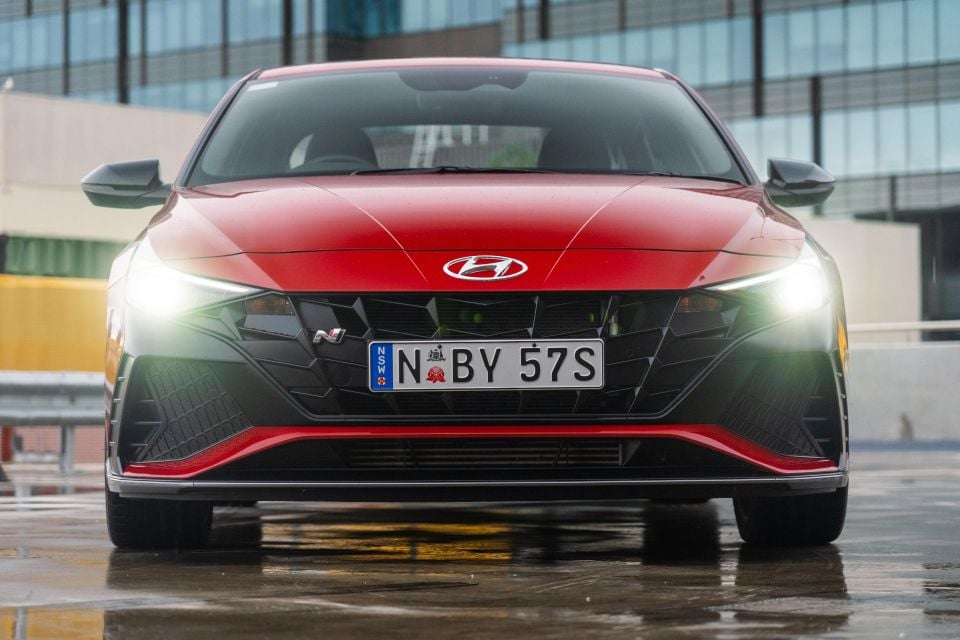
Pricing for the Sedan N is simple. The car costs $49,000 before on-road costs regardless of whether you go for the six-speed manual or eight-speed dual-clutch transmission. Opting for a sunroof adds $2000 to the sticker price.
Rivals? While the hot hatch market is busier than it’s ever been in 2022, the i30 Sedan N faces off against a short list of similar cars.
Volkswagen, Honda, Renault, Ford, and Toyota all make performance-oriented hatches, but none offer a sedan rival for the i30. The only real competitor is the Subaru WRX which, in similarly-equipped RS manual guise is priced at $50,490 before on-roads.
To see how the WRX and i30 stack up, check out our comparison.
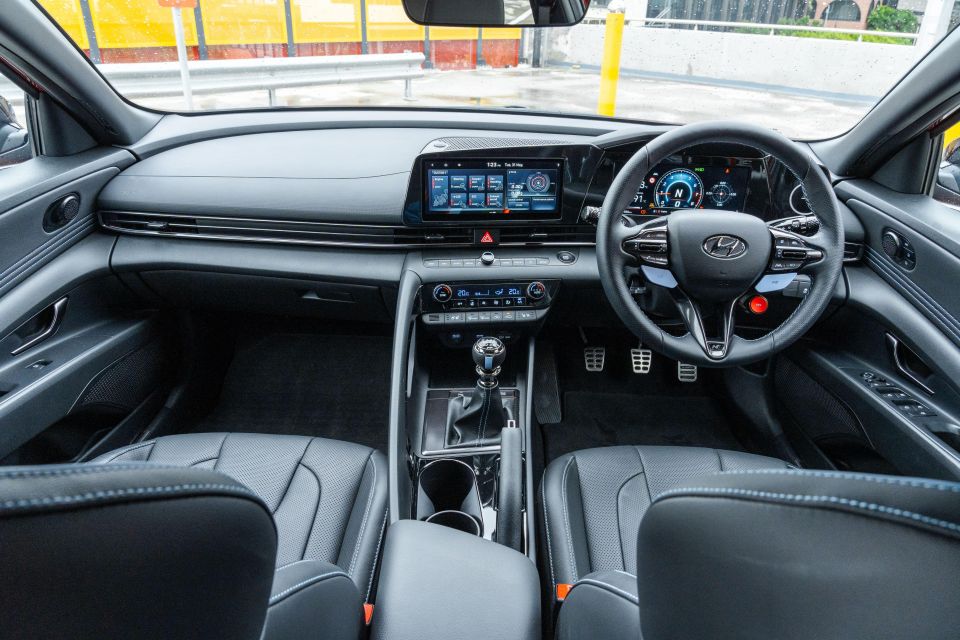
Buy your new car without the stress. It's fast, simple and completely free.

Great service from Travis and team, second time I have used this business would not hesitate to recommend them to anyone
Craig C.
Purchased a Ford Ranger in Sunshine Coast, QLD
CarExpert helped Craig save thousands on his Ford Ranger, now let us save you on your next new car.
Find a dealThe i30 Sedan N feels more modern and exciting than the hatchback from the second you slot in behind the wheel.
You sit lower, ensconced between the high transmission tunnel and rising windowline, and the passenger grab handle that divides the cabin contributes to a driver-oriented feeling.
With plenty of bolstering around the thigh region, the seats in the i30 N offer plenty of support in the corners, but are also comfortable enough for the daily commute.
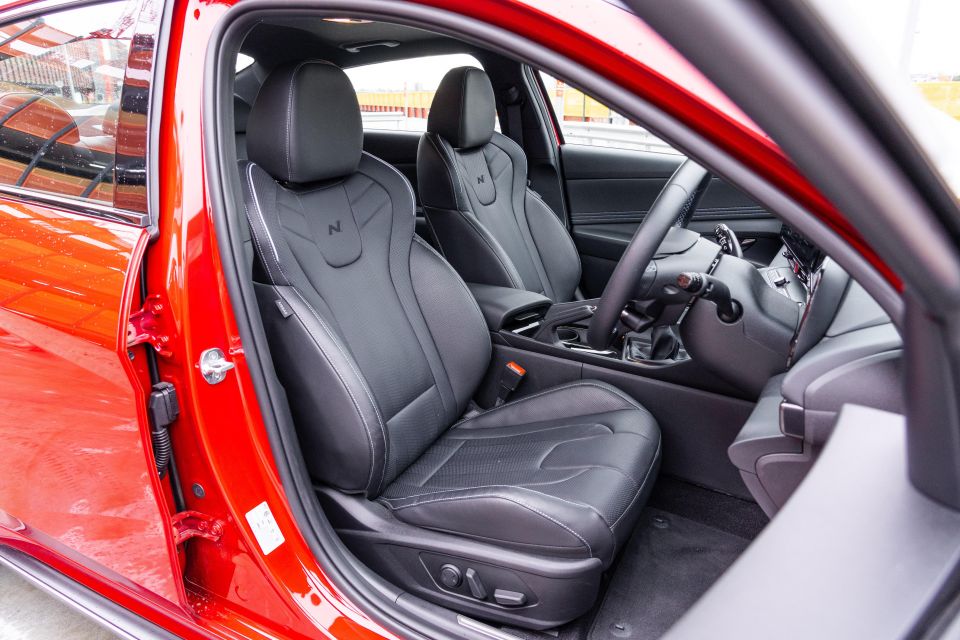
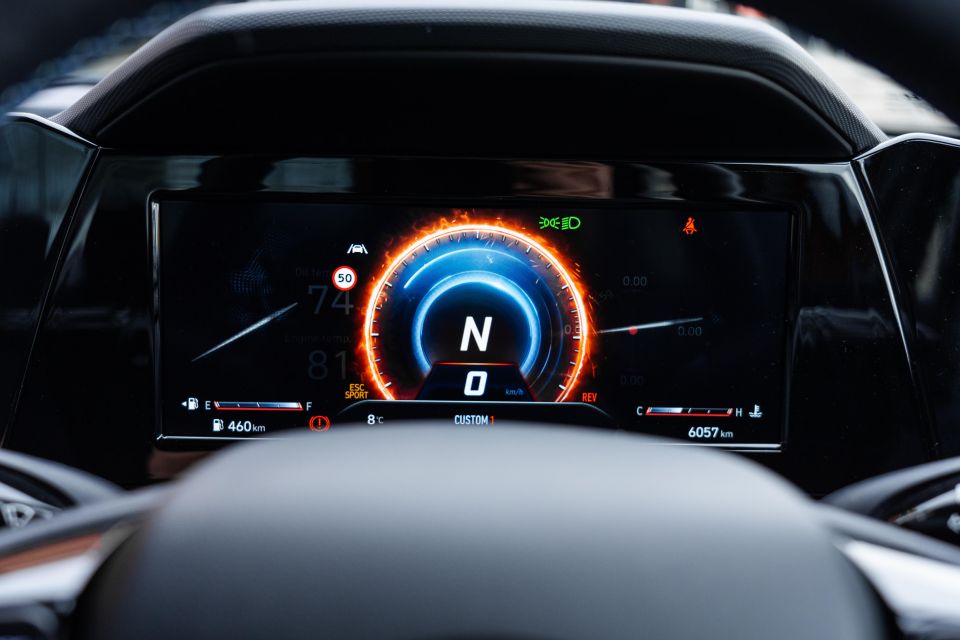
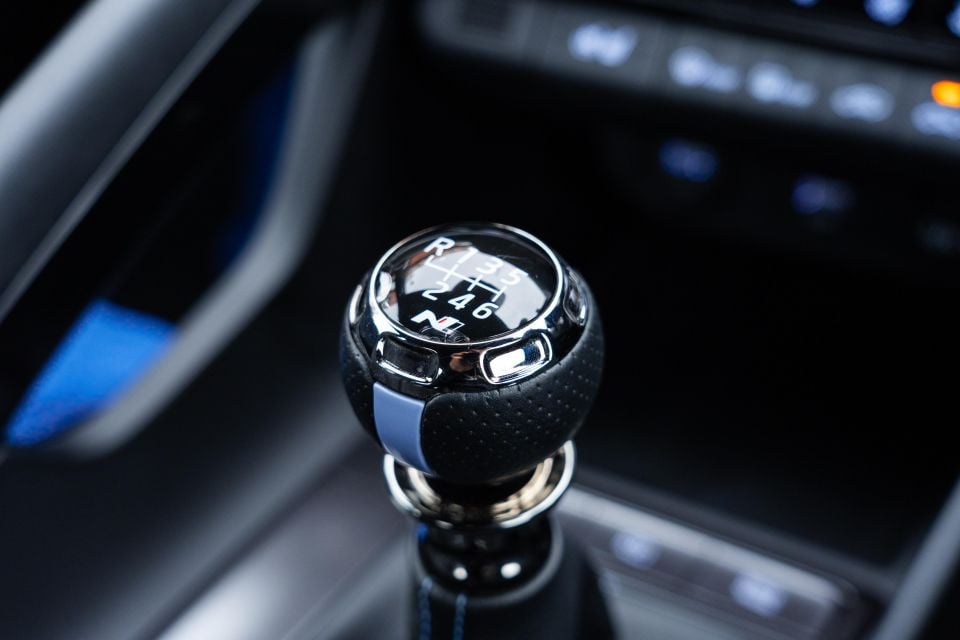
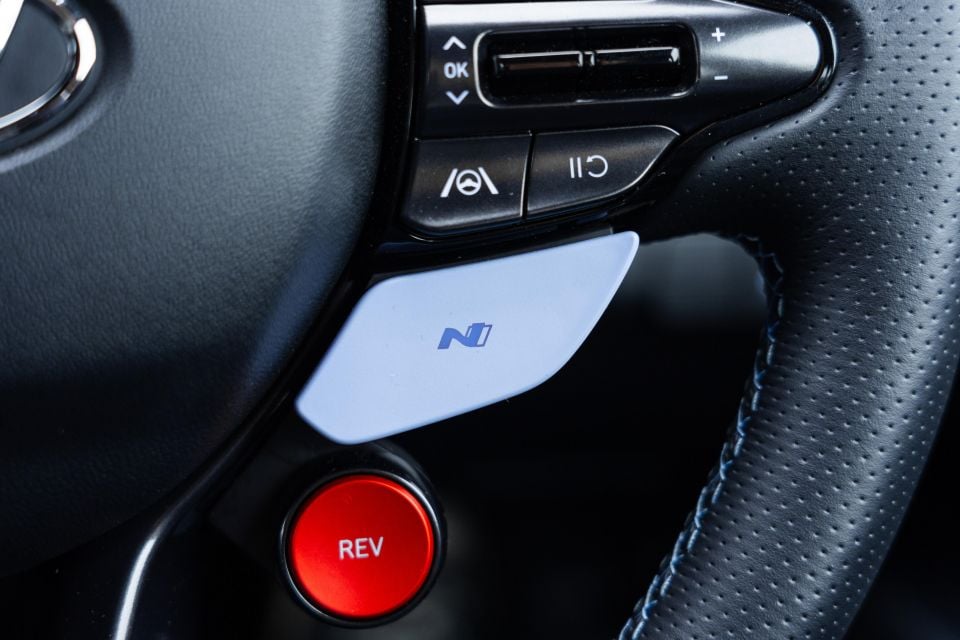
It’s worth noting some of the materials feel a bit cheap and nasty, despite looking sharp. The grab handle in particular is hard to the touch, and squeaks when you press your knee against it in hard cornering.
Some of the ergonomics are a bit iffy, too. The gear knob itself is a quality item, but a normal drink bottle sat in the cupholder gets in the way of my forearm when shifting, and the skinny door pockets don’t have space.
Hyundai’s chubby, padded steering wheel is special. Not only does it feel excellent in your hands, it features two programmable mode buttons and a bright red button for the auto rev-match. Both look cool, and are genuinely useful ways to unwrap the layers of customisation on offer.
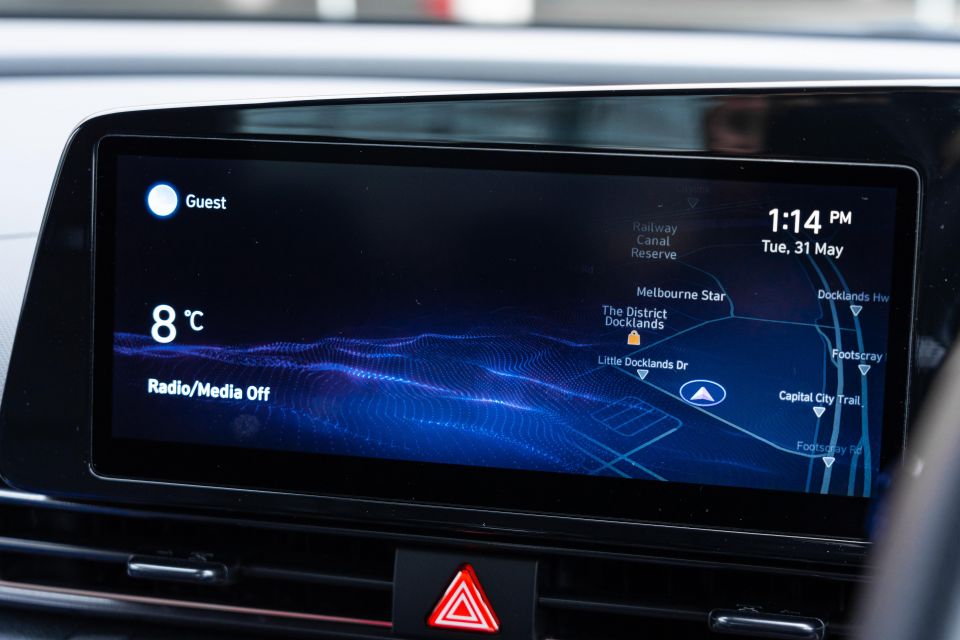
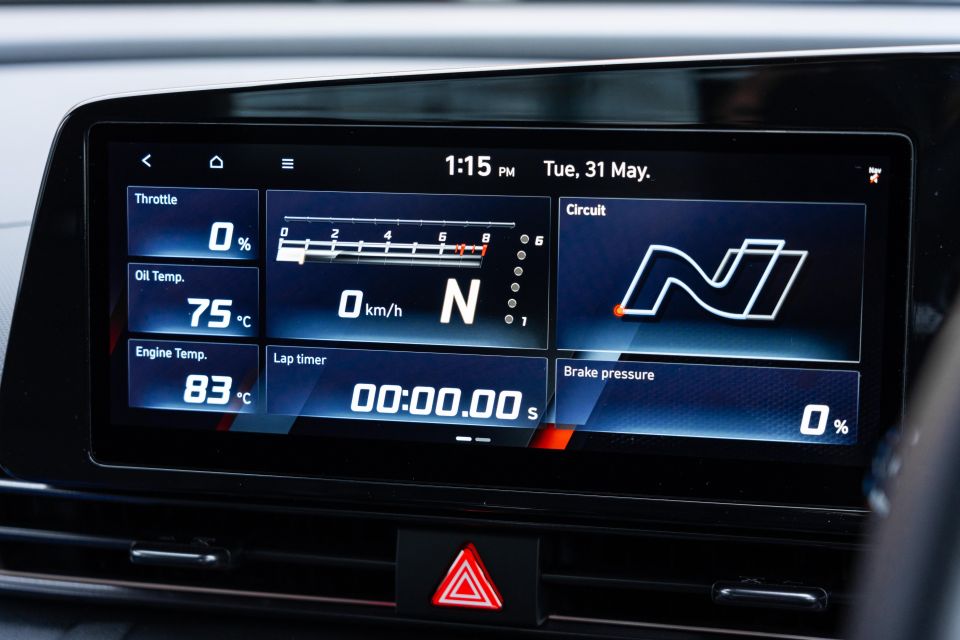
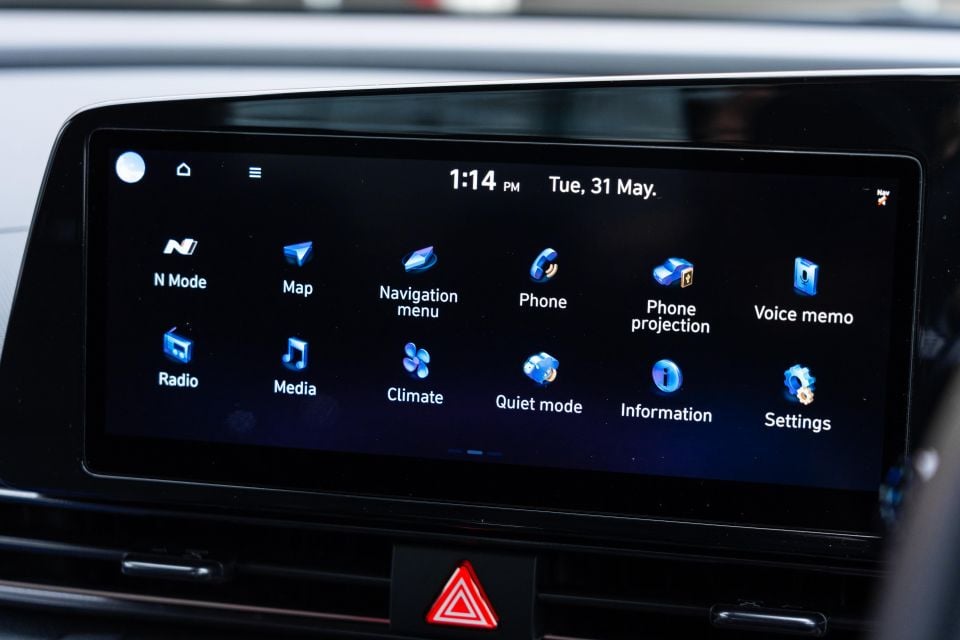

The widescreen touchscreen in the Hyundai looks polished, with clean graphics and smooth animations. On the surface it’s not particularly different to the same setup in other Hyundai and Kia cars, but it is different when you press the N button.
Gear position, throttle position, G-forces; all of them can be tracked live through the touchscreen using graphics that wouldn’t look out of place in Gran Turismo.
In N mode, the digital driver display gives you a prominent rev counter and gear display, along with key performance information like your oil temperature and tyre pressures.
No, it won’t do mapping in the way Volkswagen Group cars will, but it’s still better than the analogue units in the i30 N hatchback.
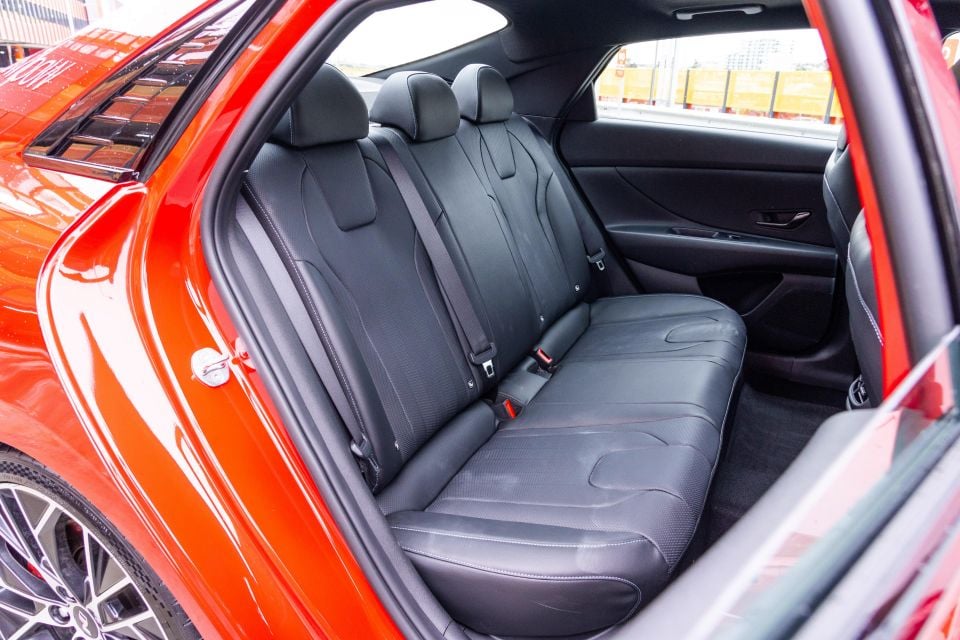
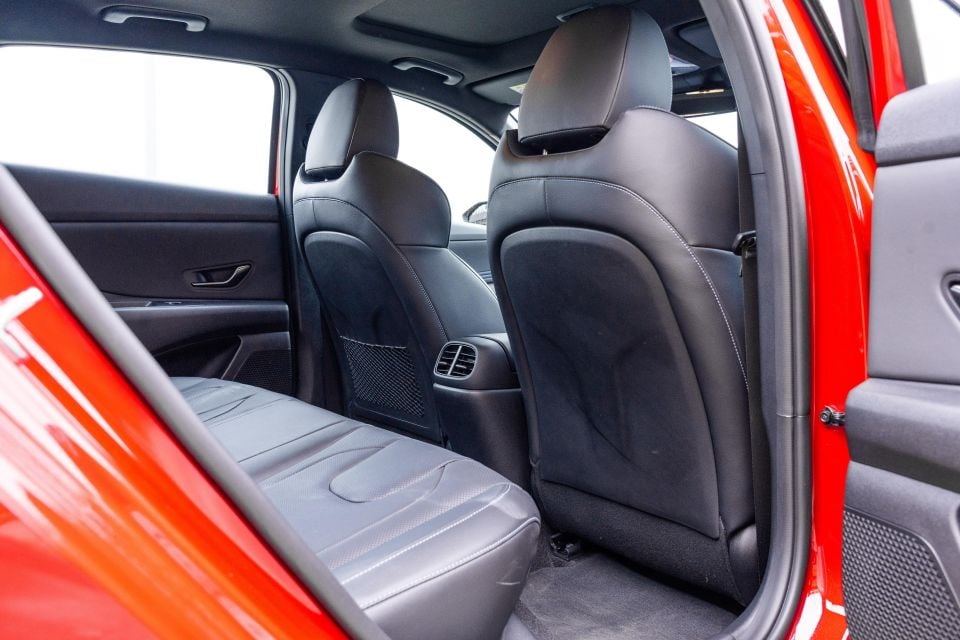
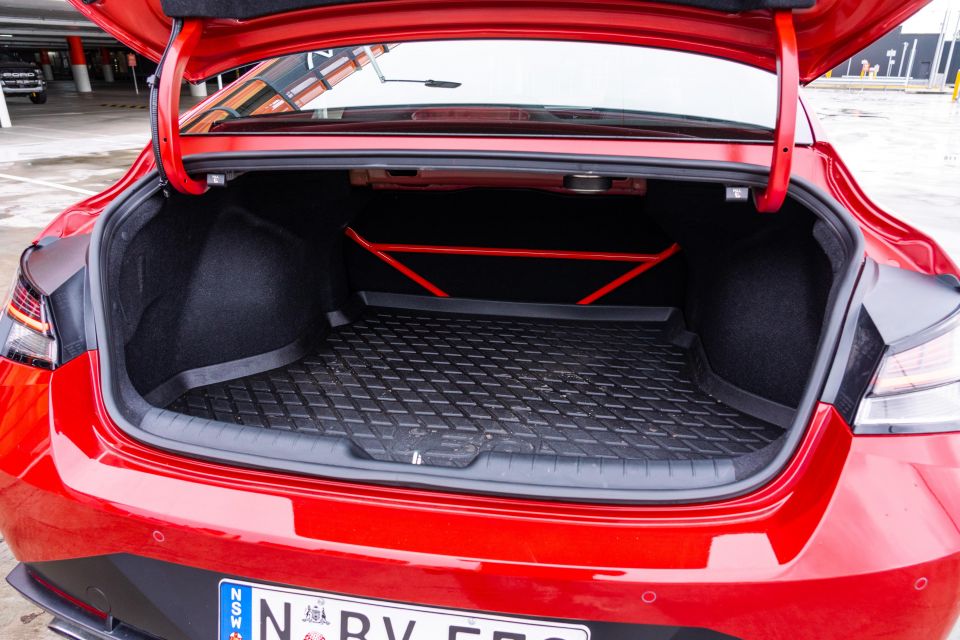
The i30 N has a usable underarm storage bin, and its wireless phone charger is a handy inclusion. It also has dual USB ports up front.
Rear seat space in the i30 Sedan N is acceptable, given it’s a compact sedan rather than a proper Toyota Camry rival.
Headroom is accomodating enough for shorter adults, and the car’s long wheelbase means it has plenty of legroom. The lack of USB ports, and a fold-down central armrest is disappointing.
A trio of top-tether child seat anchors is joined by two ISOFIX anchor points. Claimed boot space is 464L, and the boot opening itself is slightly broader than that of the WRX.
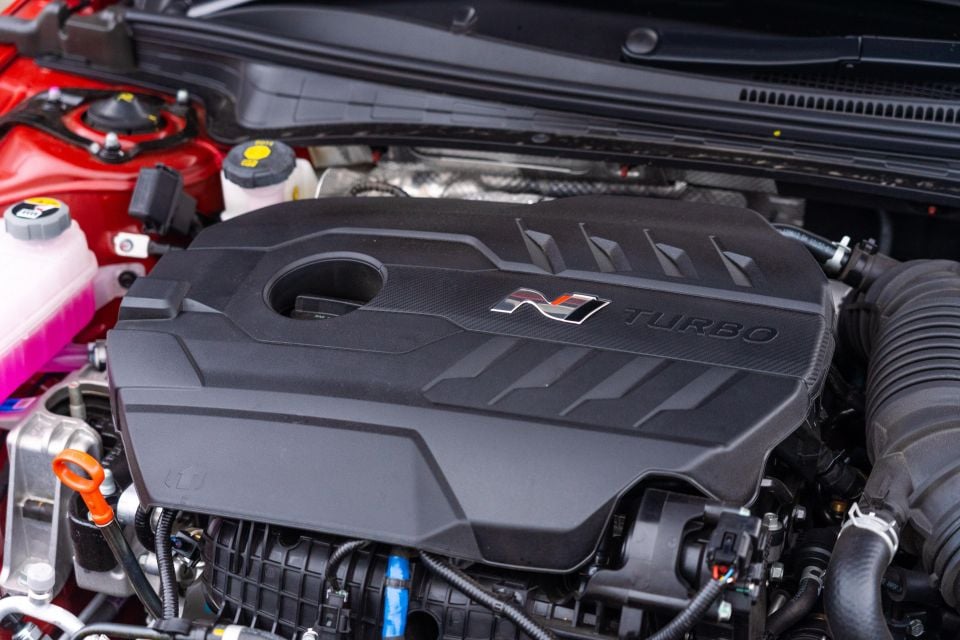
The i30 Sedan N is powered by a 2.0-litre turbocharged four-cylinder engine making 206kW and 393Nm.
Peak torque is available between 2100 and 4700rpm. An eight-speed dual-clutch transmission is a no-cost option, but our tester was fitted with a six-speed manual.
Rather than relying on the rear axle for traction with all-wheel drive, the i30 Sedan N features an adaptive electro-mechanical front differential capable of adjusting how it locks based on drive mode.
Claimed fuel use is 8.2 litres per 100km, and you’ll need to fill the 47L fuel tank with 95 RON unleaded.
We saw 9.1L/100km on a loop from Melbourne to Healesville and back, with some spirited driving thrown in for good measure.
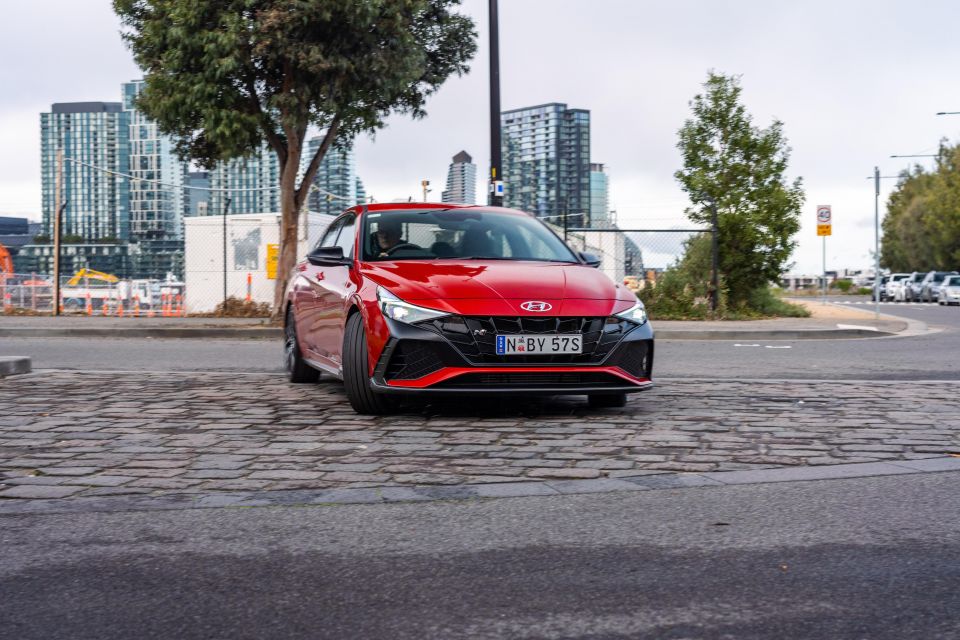
You could never accuse the i30 N of being boring. From the bassy exhaust to the outlandish styling, it’s brimming with character.
Even in quiet mode it fires with a flourish and settles into a bassy idle, and dipping into the throttle’s travel instantly has it gargling and grumbling through exhaust pipes big enough to house a Ninja Turtle. It’s constantly talking to you.
With reasonably long gearing and a light, slightly awkward clutch action, the N requires a bit of concentration to drive smoothly at low speed, but you’d still happily drive it every day. Who needs a DCT?
Although it’s not a match for what Honda offers in the Civic Type R, the shift in the i30 is nicely weighted and has a slick action.
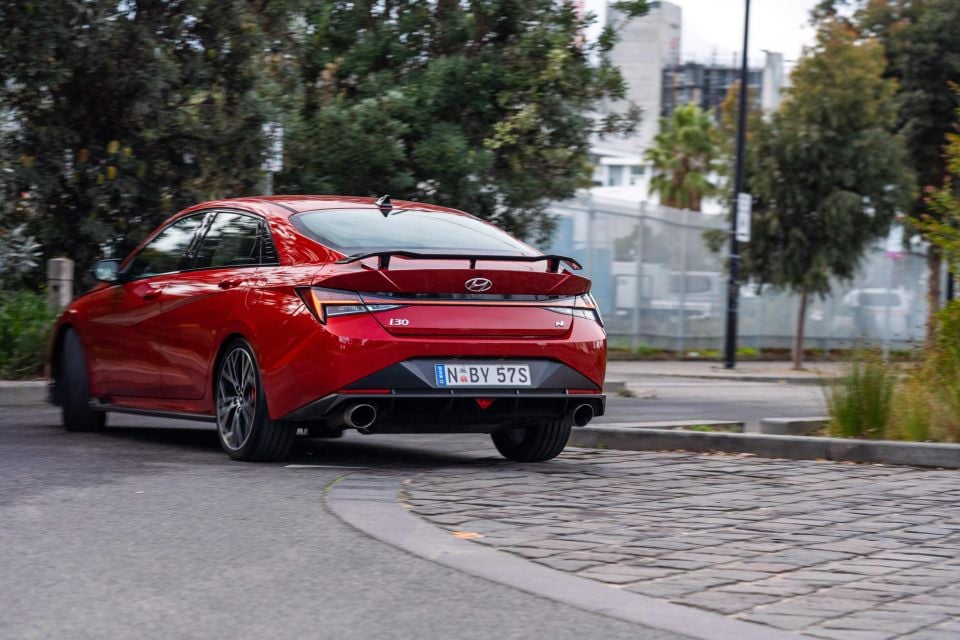
Keen drivers will want to heel-and-toe themselves, the fact the i30 N will do it for you flattens the learning curve associated with driving a three-pedal car fast, too. If you want to DIY, the pedals are reasonably well spaced.
In the most relaxed of its three suspension modes, the Hyundai is more comfortable than the average hot hatch. It does an impressive job isolating occupants from smaller pimples on the road, and breathes with the road over highway crests and dips.
You get a bit of road roar on average country roads, but it’s far from unbearable – especially when you consider what’s on offer in more expensive German hyper hatches and sedans on their sticky rubber.
The lack of adaptive cruise control is a bit of an oversight, given we know it’s technically possible to include on manual cars, but the lane-keep assist is handy on long drives. Hyundai’s lane-centring is too aggressive, though, and at times feels like it’s trying to take over instead of assisting the driver.
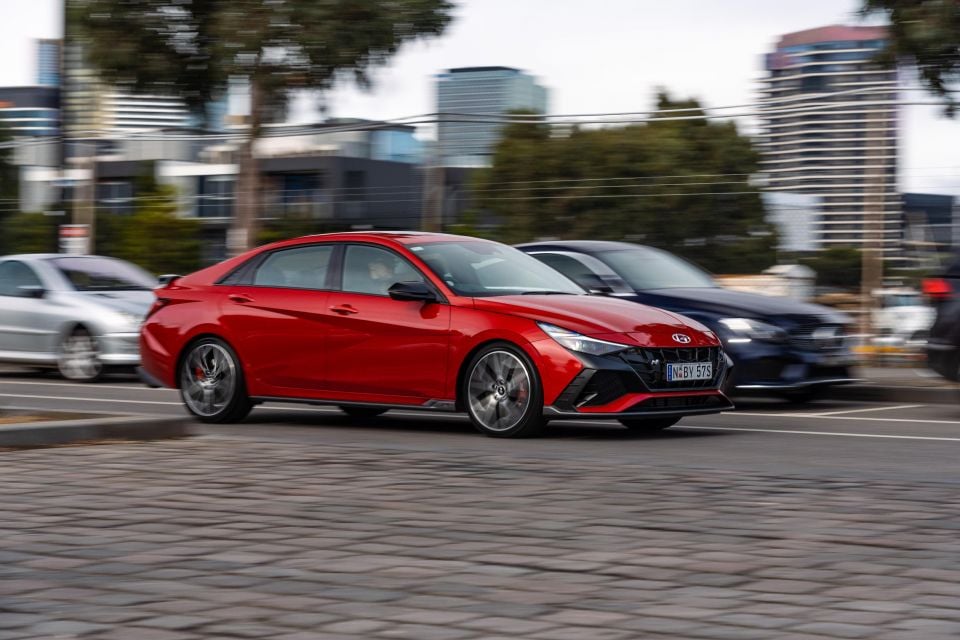
Thankfully it stays off once you’ve hit the steering wheel-mounted button, even if you turn the car off and on again.
Anyway, we digress. The best part of the N package is that you can pick and choose how angry you want it to be.
On a track, for example, you can crank everything up to 11, but on a bumpy B-road you’re able to enjoy the engine and transmission ramped all the way up, but the suspension softened to stop you being deflected by mid-corner bumps.
Set up as such, the i30 Sedan N is an engaging and enjoyable car to drive fast on Australian roads.

The front end is dialled in, and the steering is quick off-centre. You can muscle it into corners and the nose sticks, and the chassis feels balanced in a way few front-wheel drive cars are.
With the locking differential in its most aggressive mode, you can get on the power early and feel it dragging you onto the next straight.
There are limits to what it can do, though.
In the wet, first and second gear will have the i30 N axle tramping hard if you aren’t gentle with the throttle, but that’s to be expected from a front-wheel drive car.
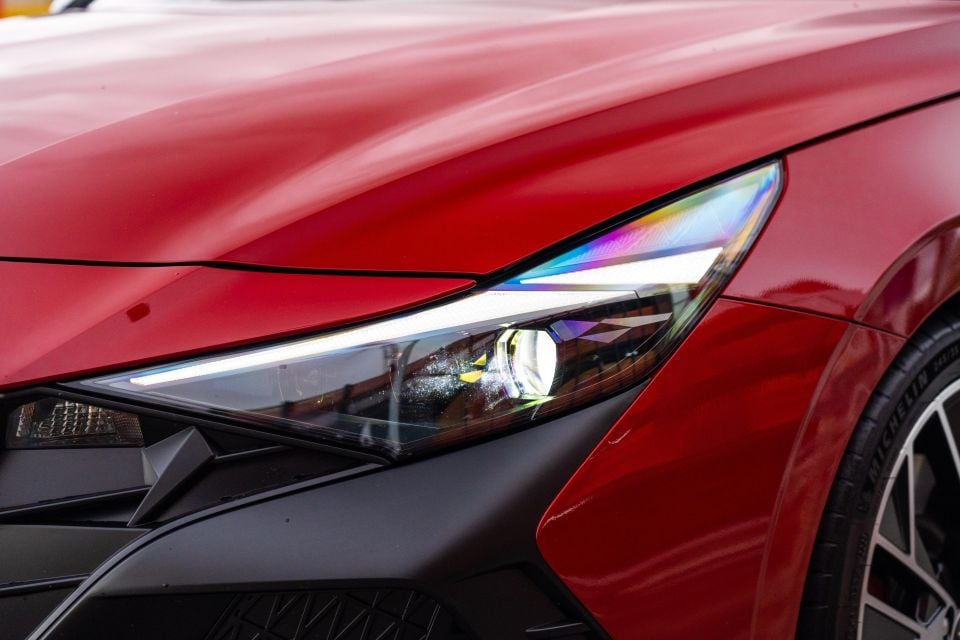

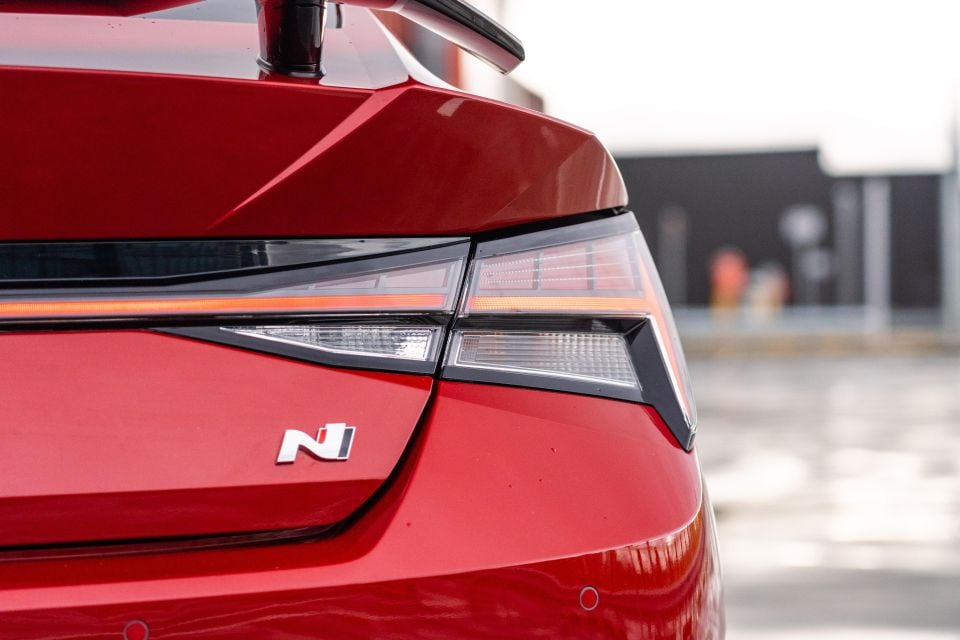

Standard equipment includes:
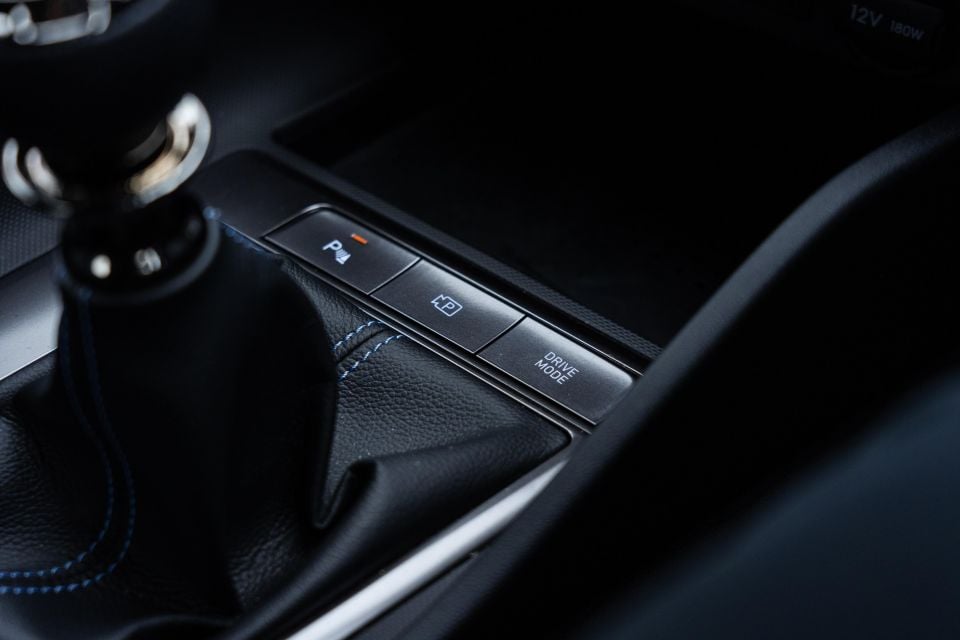
Where expert car reviews meet expert car buying – CarExpert gives you trusted advice, personalised service and real savings on your next new car.
The i30 Sedan has yet to be tested by ANCAP. As the i30 Sedan/Elantra it isn’t sold in Europe, there’s no Euro NCAP rating to use as a reference either.
Standard safety equipment includes:

Hyundai backs the i30 Sedan N with a five-year, unlimited-kilometre warranty that covers non-competition track driving.
Maintenance is required every 12 months or 10,000km, and the first five services will each set you back $335 for a combined cost of $1675.
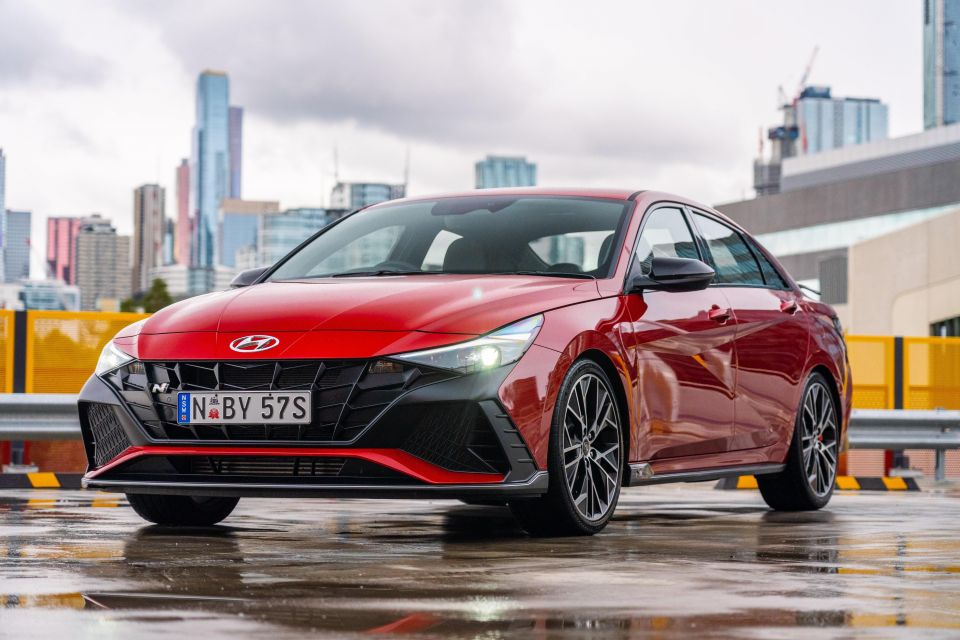
The i30 Sedan N manages to pull off a rare trick.
It’s able to change its character at the flick of a switch, from mild to wild – or any combination of the two you could possibly dream of, thanks to the programmable N modes.
Not only that, it feels half a step more modern than the i30 Hatch N thanks to its more up-to-date underpinnings and interior. If all you care about is going fast, the Sedan is arguably a better tool than the hatchback.
It’s short on competitors, especially when you consider the fact you can have it with a manual transmission. That’s how I’d specify mine.
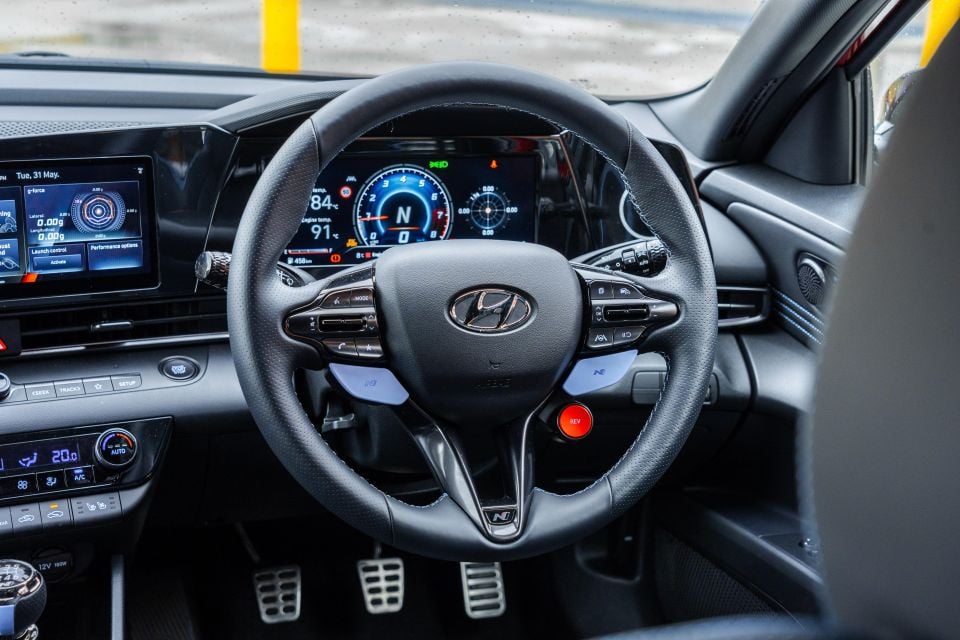
Click on the images to view a full gallery
MORE: Everything Hyundai i30
Where expert car reviews meet expert car buying – CarExpert gives you trusted advice, personalised service and real savings on your next new car.
Scott Collie is an automotive journalist based in Melbourne, Australia. Scott studied journalism at RMIT University and, after a lifelong obsession with everything automotive, started covering the car industry shortly afterwards. He has a passion for travel, and is an avid Melbourne Demons supporter.


Matt Campbell
4 Hours Ago


William Stopford
20 Hours Ago


CarExpert.com.au
4 Days Ago


Max Davies
5 Days Ago


Damion Smy
6 Days Ago


Max Davies
6 Days Ago